Easy Zucchini Growing Tips – that’s what we’re diving into today! Have you ever dreamed of a garden overflowing with fresh, vibrant zucchini, ready to be transformed into delicious dishes? I know I have! But sometimes, getting those gorgeous green veggies to thrive can feel like a real challenge. That’s where these simple, yet effective, DIY tricks come in.
Zucchini, a member of the squash family, has a rich history, believed to have originated in Central America. It wasn’t until Italian immigrants brought it to the United States that it truly took off in popularity. Now, it’s a staple in gardens and kitchens worldwide! But let’s be honest, zucchini plants can be a bit… demanding. They need the right conditions to flourish, and sometimes, even with the best intentions, we can struggle to get a good harvest.
That’s why I’m so excited to share these easy zucchini growing tips with you. Whether you’re a seasoned gardener or just starting out, these hacks will help you overcome common zucchini-growing hurdles. From dealing with pests to maximizing your yield, we’ll cover everything you need to know to enjoy a bountiful zucchini harvest. Imagine the zucchini bread, the grilled zucchini skewers, the stuffed zucchini blossoms – all from your very own garden! Let’s get started and turn your zucchini dreams into a delicious reality!
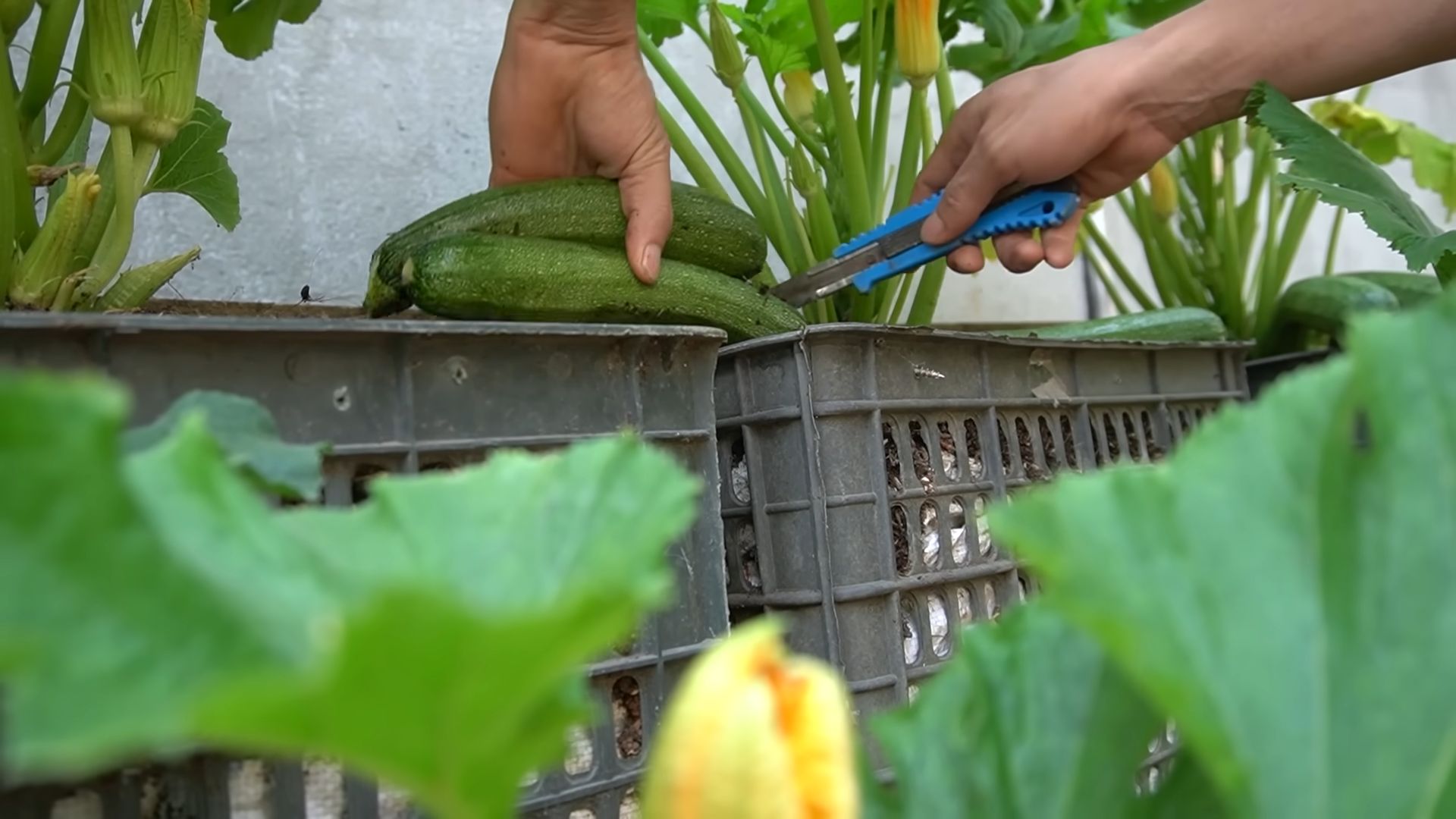
Easy Zucchini Growing Tips: From Seed to Table!
Okay, zucchini lovers, let’s dive into the wonderful world of growing your own zucchini! I’m going to share all my secrets for a bountiful harvest, even if you’re a complete beginner. Trust me, with these tips, you’ll be swimming in zucchini before you know it!
Choosing the Right Zucchini Variety
First things first, let’s talk about zucchini varieties. There are so many to choose from, but here are a few of my favorites:
* Black Beauty: This is a classic for a reason! It’s reliable, produces dark green, almost black zucchini, and is super versatile in the kitchen.
* Costata Romanesco: If you’re looking for something a little different, this Italian heirloom variety has beautiful ridges and a nutty flavor.
* Golden Zucchini: For a pop of color, try golden zucchini. They’re just as easy to grow as the green varieties and add a lovely visual appeal to your dishes.
* Round Zucchini (Eight Ball, One Ball): These are perfect for stuffing! They’re compact and produce adorable, round zucchini.
Consider your space and what you plan to do with your zucchini when choosing a variety. Some varieties are bush types, meaning they stay relatively compact, while others are vining and need more room to spread.
Getting Started: Planting Your Zucchini
Zucchini are warm-weather plants, so it’s crucial to wait until the danger of frost has passed before planting. Here’s how I get my zucchini started:
Starting Seeds Indoors (Optional)
Starting seeds indoors gives you a head start, especially if you live in a cooler climate.
1. Timing is Key: Start your seeds about 3-4 weeks before the last expected frost.
2. Choose Your Containers: Use peat pots or biodegradable pots. Zucchini don’t love being transplanted, so these pots will minimize root disturbance.
3. Planting the Seeds: Fill the pots with a good quality seed-starting mix. Make a small hole about 1 inch deep and drop in 2-3 seeds. Cover with soil and gently water.
4. Provide Warmth and Light: Keep the soil consistently moist and place the pots in a warm location (around 70-75°F). A heat mat can be helpful. Once the seedlings emerge, provide them with plenty of light. A sunny windowsill or grow lights will work.
5. Thinning the Seedlings: Once the seedlings have a few true leaves, thin them to one strong seedling per pot.
Direct Sowing Outdoors
This is my preferred method because it’s less work!
1. Prepare the Soil: Zucchini are heavy feeders, so amend your soil with plenty of compost or well-rotted manure. Make sure the soil is well-draining.
2. Choose a Sunny Spot: Zucchini need at least 6-8 hours of sunlight per day.
3. Planting the Seeds: Sow the seeds directly into the ground about 1 inch deep and 2-3 feet apart. If you’re planting multiple rows, space them 3-4 feet apart.
4. Water Thoroughly: Water the seeds gently but thoroughly after planting.
5. Be Patient: Germination usually takes about 7-10 days, depending on the soil temperature.
Caring for Your Zucchini Plants
Once your zucchini plants are established, here’s how to keep them happy and healthy:
Watering
Zucchini need consistent moisture, especially during hot weather.
1. Water Deeply: Water deeply at the base of the plant, avoiding getting the leaves wet. This helps prevent fungal diseases.
2. Watering Frequency: Water 2-3 times a week, or more often during dry spells. Check the soil moisture by sticking your finger into the soil. If the top inch is dry, it’s time to water.
3. Mulching: Apply a layer of mulch around the plants to help retain moisture and suppress weeds. Straw, wood chips, or shredded leaves work well.
Fertilizing
Zucchini are heavy feeders, so regular fertilization is essential.
1. Initial Feeding: When the plants start to produce flowers, fertilize them with a balanced fertilizer (e.g., 10-10-10).
2. Ongoing Feeding: Continue to fertilize every 2-3 weeks throughout the growing season. You can also use a liquid fertilizer, such as fish emulsion or seaweed extract.
3. Avoid Over-Fertilizing: Too much nitrogen can lead to excessive foliage growth and fewer fruits.
Pest and Disease Control
Zucchini can be susceptible to a few pests and diseases. Here’s how I deal with them:
* Squash Bugs: These pesky bugs can suck the sap from your plants, causing them to wilt and die. Handpicking them off the plants is the most effective method. You can also use insecticidal soap.
* Squash Vine Borers: These borers tunnel into the stems of zucchini plants, causing them to collapse. Wrap the base of the stems with aluminum foil to prevent the borers from entering. If you see signs of borers, you can try injecting Bacillus thuringiensis (Bt) into the stems.
* Powdery Mildew: This fungal disease appears as a white, powdery coating on the leaves. Improve air circulation by spacing the plants properly and avoid overhead watering. You can also spray the plants with a fungicide.
* Aphids: These tiny insects can suck the sap from your plants, causing them to become weak and stunted. Spray them off with a strong stream of water or use insecticidal soap.
Pollination
Zucchini plants have separate male and female flowers. The female flowers need to be pollinated in order to produce fruit.
1. Natural Pollination: Bees and other pollinators usually do a good job of pollinating zucchini flowers.
2. Hand Pollination: If you’re not seeing a lot of bees in your garden, you can hand-pollinate the flowers. Use a small paintbrush to transfer pollen from the male flower to the female flower. The male flower has a long, thin stem, while the female flower has a small zucchini-like fruit at the base.
Harvesting Your Zucchini
Harvesting zucchini at the right time is crucial for getting the best flavor and texture.
1. Harvesting Time: Harvest zucchini when they are young and tender, usually about 6-8 inches long. Overgrown zucchini can become tough and seedy.
2. Harvesting Technique: Use a sharp knife or pruners to cut the zucchini from the plant. Be careful not to damage the plant.
3. Regular Harvesting: Harvest zucchini regularly to encourage the plant to produce more fruit. If you leave the zucchini on the plant for too long, it will stop producing new fruit.
Dealing with Zucchini Overload
Let’s be honest, zucchini plants are incredibly prolific! Here are some ideas for dealing with a zucchini overload:
* Share with Friends and Neighbors: Spread the zucchini love!
* Freeze It: Shred zucchini and freeze it for use in breads, muffins, and soups.
* Make Zucchini Bread: A classic for a reason!
* Grill It: Slice zucchini lengthwise and grill it for a healthy and delicious side dish.
* Make Zucchini Noodles (Zoodles): A low-carb alternative to pasta.
* Donate to a Food Bank: Help those in need by donating your excess zucchini.
* Zucchini Relish: Preserve your zucchini harvest by making relish.
Troubleshooting Common Zucchini Problems
Even with the best care, you might encounter some problems. Here’s how to troubleshoot:
* Flowers Dropping Off: This is often due to inconsistent watering or pollination problems. Make sure you’re watering deeply and consistently, and consider hand-pollinating the flowers.
* Yellowing Leaves: This could be a sign of nutrient deficiency or disease. Fertilize the plants and check for signs of pests or diseases.
* Small, Pale Zucchini: This could be due to poor pollination or nutrient deficiency. Hand-pollinate the flowers and fertilize the plants.
* No Zucchini Production: This could be due to a lack of sunlight, poor soil, or pollination problems. Make sure the plants are getting enough sunlight, amend the soil with compost, and consider hand-pollinating the flowers.
Extra Tips for Zucchini Success
* Companion Planting: Plant zucchini with companion plants like marigolds, nasturtiums, and basil to deter pests.
* Succession Planting: Plant zucchini every few weeks to extend your harvest season.
* Rotate Your Crops: Avoid planting zucchini in the same spot year after year to prevent soilborne diseases.
* Observe Your Plants: Pay attention to your plants and address
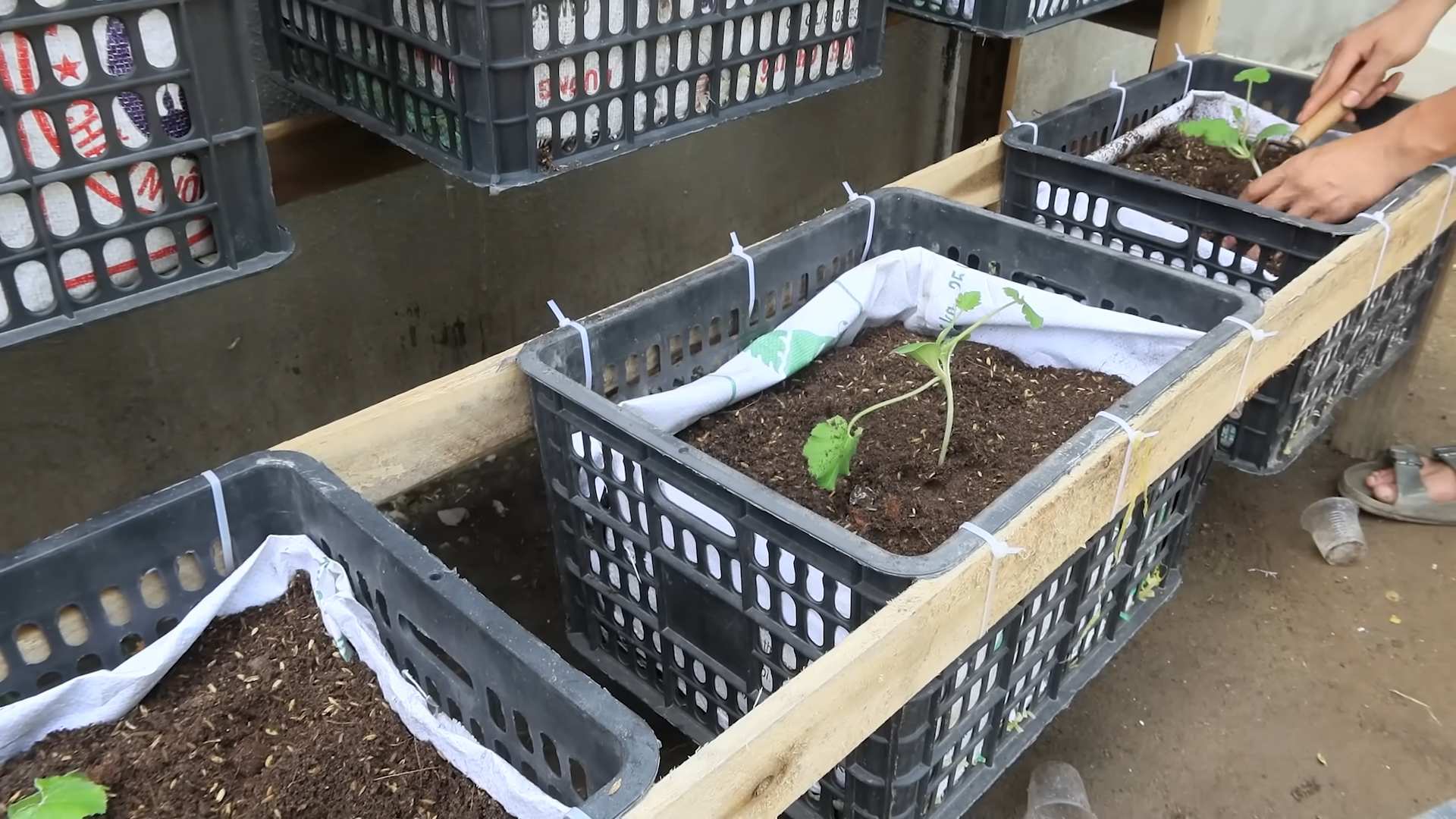
Conclusion
So, there you have it! Mastering these easy zucchini growing tips isn’t just about saving money or having bragging rights for your green thumb; it’s about experiencing the pure joy of nurturing life from a tiny seed to a bountiful harvest. Imagine the satisfaction of serving a dish made with zucchini you grew yourself, knowing exactly where it came from and how it was cared for. It’s a connection to nature that’s both grounding and incredibly rewarding.
But beyond the personal satisfaction, these tips offer a practical solution to common zucchini growing challenges. No more battling powdery mildew with harsh chemicals, no more mysterious blossom end rot ruining your precious fruits, and no more feeling overwhelmed by the sheer volume of zucchini your plants produce. These are simple, actionable steps that anyone, regardless of their gardening experience, can implement.
Why is this a must-try? Because it works! These tips are based on proven methods and real-world experience. They’re designed to maximize your zucchini yield while minimizing the effort and resources required. Plus, they promote a healthier, more sustainable gardening practice.
Looking for variations? Consider companion planting. Marigolds, for example, are known to deter pests, while nasturtiums can attract aphids away from your zucchini plants. Experiment with different varieties of zucchini, from the classic dark green to the golden yellow or even the round ‘Eight Ball’ variety. Each has its own unique flavor and texture, adding variety to your culinary creations. You can also try succession planting, sowing new seeds every few weeks to ensure a continuous harvest throughout the growing season.
Don’t be afraid to get creative with your zucchini harvest! Beyond the usual zucchini bread and fritters, explore recipes for zucchini noodles (zoodles), stuffed zucchini blossoms, or even grilled zucchini skewers. The possibilities are endless!
We wholeheartedly encourage you to try these easy zucchini growing tips. Start small, experiment, and don’t be discouraged by setbacks. Gardening is a learning process, and every mistake is an opportunity to grow (pun intended!).
Most importantly, we want to hear about your experience! Share your successes, your challenges, and your own unique tips in the comments below. Let’s create a community of zucchini enthusiasts, sharing our knowledge and inspiring each other to grow the best zucchini possible. Happy gardening!
Frequently Asked Questions (FAQ)
Q: What is the best time to plant zucchini?
A: Zucchini is a warm-weather crop, so it’s best to plant it after the last frost when the soil has warmed up to at least 60°F (15°C). In most regions, this is typically in late spring or early summer. You can start seeds indoors a few weeks before the last frost to get a head start, but be sure to harden them off before transplanting them outdoors. Check your local frost dates for the most accurate timing.
Q: How much sun does zucchini need?
A: Zucchini plants need at least 6-8 hours of direct sunlight per day to thrive. Choose a sunny location in your garden where they will receive ample sunlight throughout the day. Insufficient sunlight can lead to weak plants, reduced yields, and increased susceptibility to diseases.
Q: What kind of soil is best for growing zucchini?
A: Zucchini prefers well-drained, fertile soil that is rich in organic matter. Amend your soil with compost or aged manure before planting to improve its fertility and drainage. A slightly acidic to neutral soil pH (6.0-7.5) is ideal. Avoid heavy clay soils, as they can become waterlogged and inhibit root growth.
Q: How often should I water my zucchini plants?
A: Zucchini plants need consistent moisture, especially during hot, dry weather. Water deeply and regularly, aiming to keep the soil consistently moist but not waterlogged. Water at the base of the plants to avoid wetting the foliage, which can increase the risk of fungal diseases. Mulching around the plants can help retain moisture and suppress weeds.
Q: How do I prevent powdery mildew on my zucchini plants?
A: Powdery mildew is a common fungal disease that affects zucchini plants. To prevent it, ensure good air circulation around the plants by spacing them properly and pruning away any overcrowded foliage. Water at the base of the plants to avoid wetting the leaves. You can also apply a preventative fungicide, such as neem oil or copper fungicide, according to the product instructions.
Q: Why are my zucchini blossoms falling off without producing fruit?
A: This is often due to a lack of pollination. Zucchini plants have separate male and female flowers. The male flowers produce pollen, which needs to be transferred to the female flowers for fertilization to occur. If there are not enough pollinators (bees, butterflies, etc.) in your garden, you can hand-pollinate the flowers yourself. Simply use a small brush to transfer pollen from the male flower to the female flower.
Q: How do I know when to harvest zucchini?
A: Zucchini is best harvested when it is young and tender, typically when it is 6-8 inches long. Larger zucchini can become tough and seedy. Use a sharp knife to cut the zucchini from the plant, leaving a short stem attached. Regular harvesting will encourage the plant to produce more fruit.
Q: My zucchini plant is producing a lot of zucchini! What can I do with it all?
A: That’s a great problem to have! Zucchini is incredibly versatile. You can use it in a variety of dishes, such as zucchini bread, fritters, soups, stews, salads, and stir-fries. You can also grill, roast, or sauté it. Zucchini noodles (zoodles) are a healthy and delicious alternative to pasta. If you still have too much, you can freeze it for later use. Shredded zucchini freezes well and can be used in baked goods. You can also pickle or can zucchini for long-term storage. Don’t forget to share your bounty with friends, neighbors, and local food banks!
Q: Can I eat zucchini blossoms?
A: Yes, zucchini blossoms are edible and delicious! They can be stuffed, battered and fried, or added to salads and soups. Harvest the male blossoms in the morning, as they are less likely to produce fruit. Gently wash the blossoms and remove the stamen before cooking.
Q: What are some good companion plants for zucchini?
A: Companion planting can help improve the health and productivity of your zucchini plants. Some good companion plants for zucchini include:
* Marigolds: Deter pests
* Nasturtiums: Attract aphids away from zucchini
* Beans: Fix nitrogen in the soil
* Corn: Provides shade and support
* Radishes: Deter squash vine borers
* Garlic and onions: Repel pests
Avoid planting zucchini near potatoes, as they can compete for nutrients.

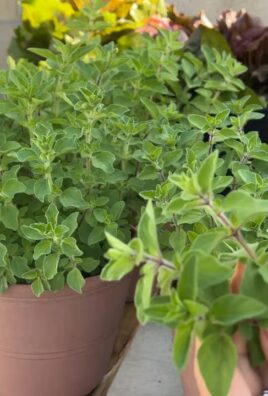
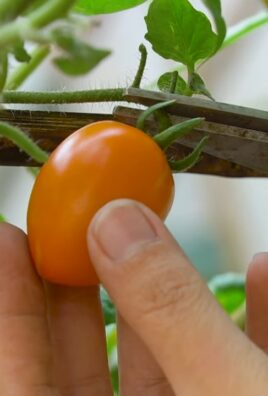
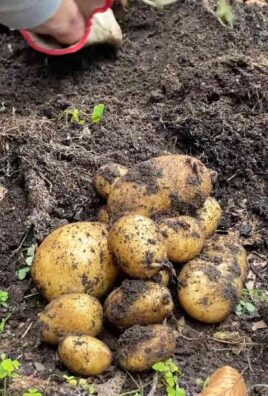
Leave a Comment